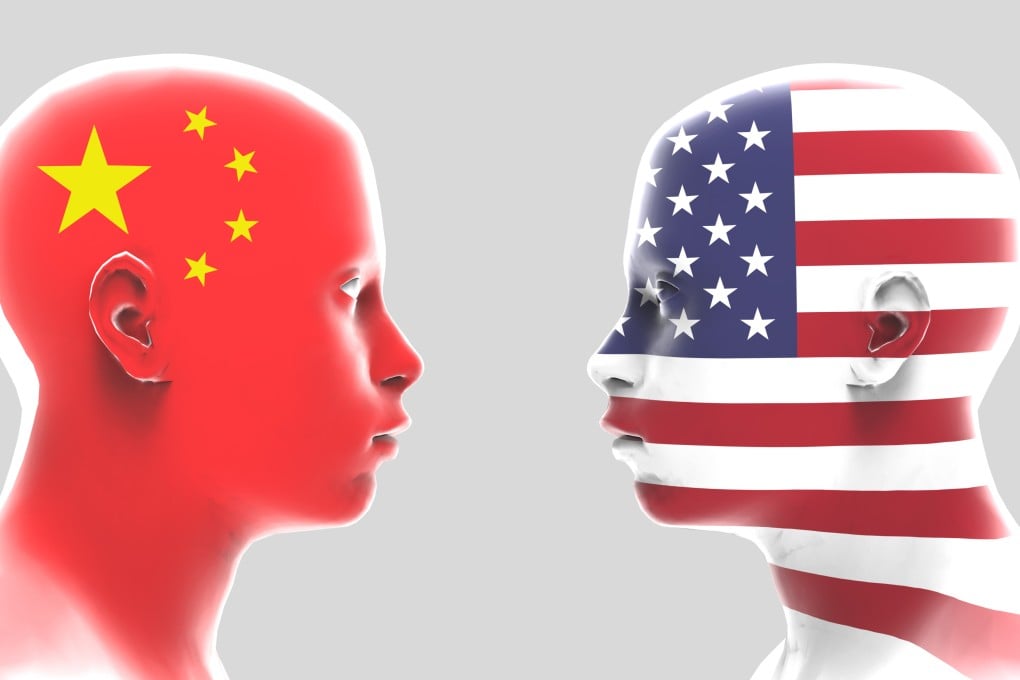Advertisement
China said to fall short of matching US advances in AI owing to ‘many challenges in theory and technologies’
- Many Chinese-developed AI models have been built on Meta Platforms’ Llama system, according to a presentation made to Chinese Premier Li Qiang
- The presentation at the Beijing Academy of Artificial Intelligence also pointed out issues related to computing infrastructure for training AI models
Reading Time:2 minutes
Why you can trust SCMP
10

Ben Jiangin Beijing
China is falling short of matching the United States in artificial intelligence (AI) advances because the nation’s efforts are “littered with many essential challenges in theory and technologies”, according to a recent slide presentation made to Chinese Premier Li Qiang.
Those difficulties were pointed out to Li during his recent inspection tour of the Beijing Academy of Artificial Intelligence (BAAI), a private non-profit organisation founded in 2018 that is engaged in AI research and development, according to a report broadcast by state-run China Central Television (CCTV).
The major hurdle faced by China’s generative AI initiatives, according to the presentation at BAAI, is excessive reliance on Meta Platforms’ Llama system, a family of large language models (LLMs) released in February last year. LLMs are the technology used to train ChatGPT and similar generative AI services, which are used to create new content including audio, code, images, text, simulations and videos.
Advertisement
The presentation said there is “a serious lack of self-sufficiency” in that area of Chinese AI development because most domestic LLMs are built on LLama. Facebook parent Meta in July last year made its open-source Llama 2 AI model free for research and commercial use.

That particular LLM shortcoming lends weight to growing anxiety around the idea that the mainland faces a widening gap with the US in terms of AI innovation, which was highlighted in a sideline discussion at the recent “two sessions” meetings in Beijing.
Advertisement
While state agencies are now working in parallel with private Chinese tech firms to develop a range of AI innovation, they still face problems related to computing infrastructure for training LLMs.
Advertisement
Select Voice
Choose your listening speed
Get through articles 2x faster
1.25x
250 WPM
Slow
Average
Fast
1.25x